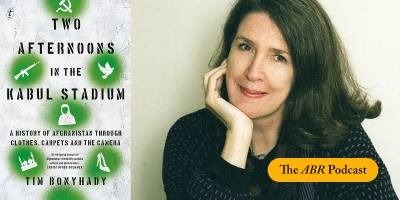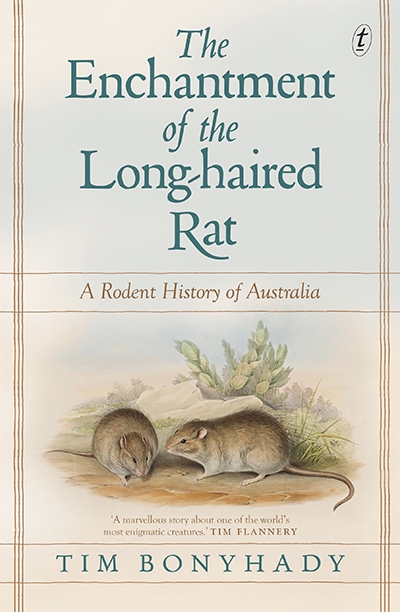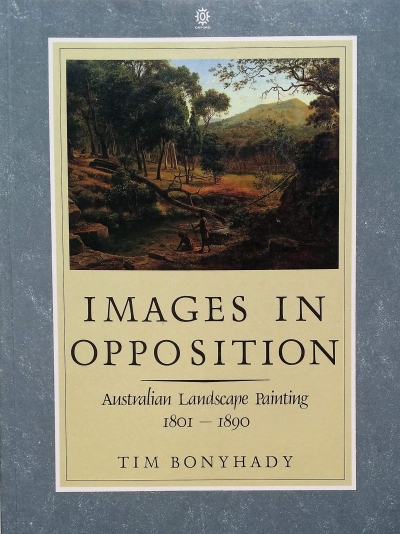Accessibility Tools
- Content scaling 100%
- Font size 100%
- Line height 100%
- Letter spacing 100%
Tim Bonyhady
The ABR Podcast
Released every Thursday, the ABR podcast features our finest reviews, poetry, fiction, interviews, and commentary.
Subscribe via iTunes, Stitcher, Google, or Spotify, or search for ‘The ABR Podcast’ on your favourite podcast app.
‘Where is Nancy?’ Paradoxes in the pursuit of freedom
by Marilyn Lake
This week on The ABR Podcast, Marilyn Lake reviews The Art of Power: My story as America’s first woman Speaker of the House by Nancy Pelosi. The Art of Power, explains Lake, tells how Pelosi, ‘a mother of five and a housewife from California’, became the first woman Speaker of the United States House of Representatives. Marilyn Lake is a Professorial Fellow at the University of Melbourne. Listen to Marilyn Lake’s ‘Where is Nancy?’ Paradoxes in the pursuit of freedom’, published in the November issue of ABR.
Recent episodes:
Tim Bonyhady is one of Australia’s leading environmental lawyers and cultural historians. He has previously traced connections between art and national mythologies in books such as Images in Opposition (1985) and The National Picture (2018). In his latest work, Two Afternoons in the Kabul Stadium, he turns his attention to Afghanistan, unpicking the fabric of contemporary Afghan society by following closely the warp and weft of its visual culture, from women’s fashion to war rugs to photography. In today’s episode, Morag Fraser reviews Bonyhady’s book, writing in the wake of the Taliban victory and immersing herself in the ‘intriguingly tangential and complex history’ woven by one of Australia’s most scrupulous and sensitive observers of culture. Morag Fraser, a previous chairperson of ABR, has been writing for the magazine since the 1990s.
... (read more)Two Afternoons in the Kabul Stadium: A history of Afghanistan through clothes, carpets and the camera by Tim Bonyhady
The Enchantment of the Long-haired Rat: A rodent history of Australia by Tim Bonyhady
Many good books are published about Australian art, but few change the way we see and understand it. When Andrew Sayers’ Aboriginal Artists of the Nineteenth Century appeared in August 1994, it immediately did that, as the critic Bruce James was quick to recognise






